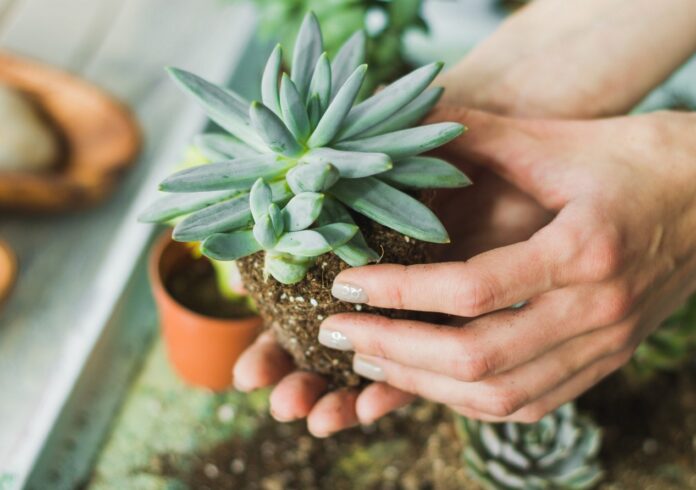During winters, it is hard to keep your cactus and succulents blooming. They need special care to stay alive and beautiful. Undoubtedly, these are low-maintenance plants. But if you do not take care of them, they will rot quickly. Therefore, you have to pay attention when winters start in your location and do some steps to keep them safe.
When these plants are not safe outside, then you can bring them indoors for extra care. Visit www.succulentmarket.com to buy beautiful succulents and cactus for your home. You will get these plants in good packaging without any damage. After receiving them, you can read the guide to the plant and take care of that plant.
In the following write-up, we will discuss how to keep cacti and succulents alive during winters. You need to follow some simple steps to prevent your plants from being damaged by harsh cold weather.
1. Place Your Plants Indoors
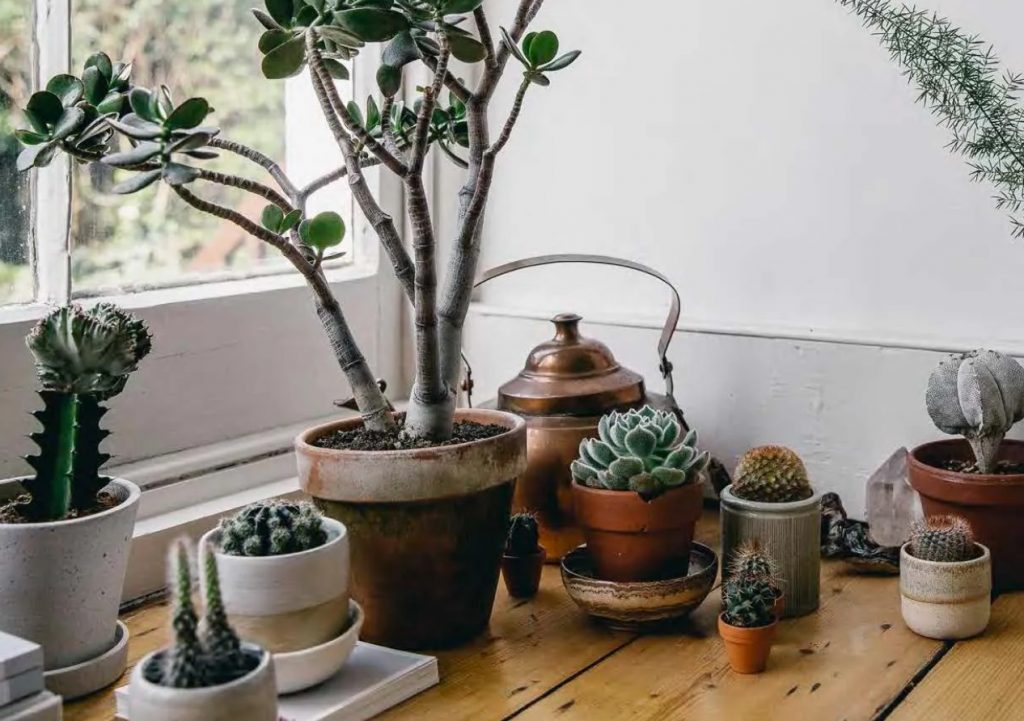
If you stay at a place where there is a risk of snowfall or extreme cold temperature, then you should not keep your cactus outdoors. Bring them indoors for extra care and protect them from harsh winters. You can install grow lights in any corner of your house and keep them there. In this way, your succulents will get plenty of light, i.e., hard to get from outside.
It is necessary to purchase these lights because indoors are dark, and these plants need some hours of direct sunlight. You can also choose any window or corner where some light comes inside and keep your cactus alive by placing them in window flower boxes. But it is not a good idea if you live in a place with heavy snowfall. If you have many succulents, then start rotating them and give them light turn by turn.
2. Start Plant Grouping
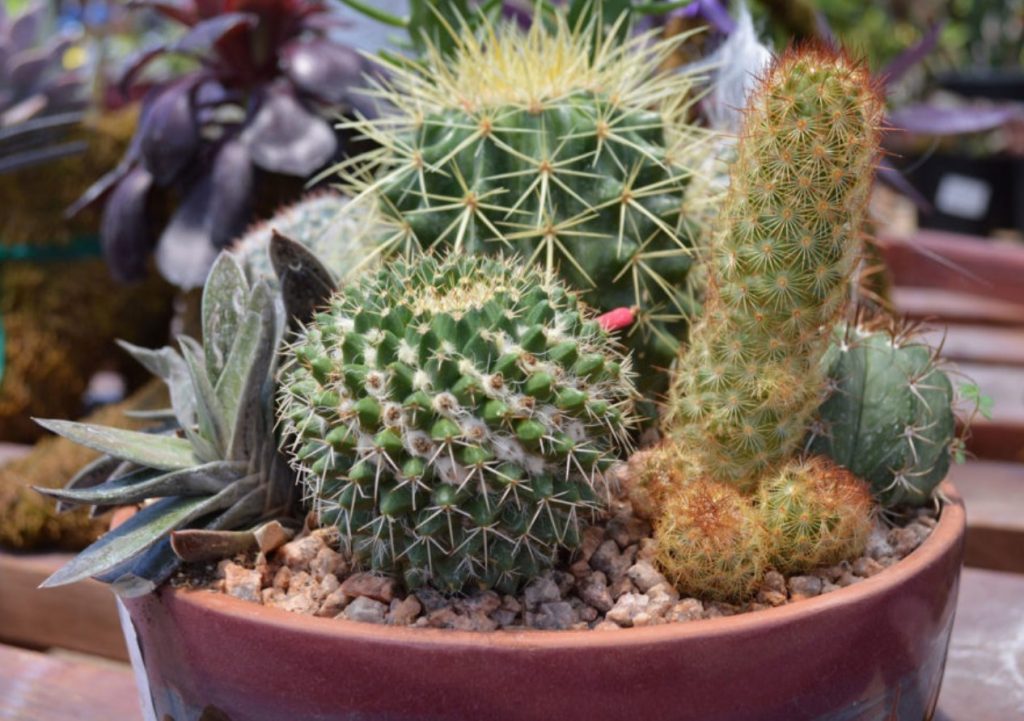
If you love succulents and cactus, then you might have a collection of various species. It is surprising to know that some species can survive in winters and some not. Make sure that you have enough knowledge about these species, and you need to combine them. In this way, you mix the characteristics of two plants and provide an ability to survive to the weak one.
But before you combine them, make sure that you label them to avoid any confusion. You must be aware of the requirements that every species needs and combine them accordingly. This process can be a bit confusing, and you may need skills to accomplish such a task. Take care of water and feeding to avoid any mistakes.
3. Less Watering and No Feeding
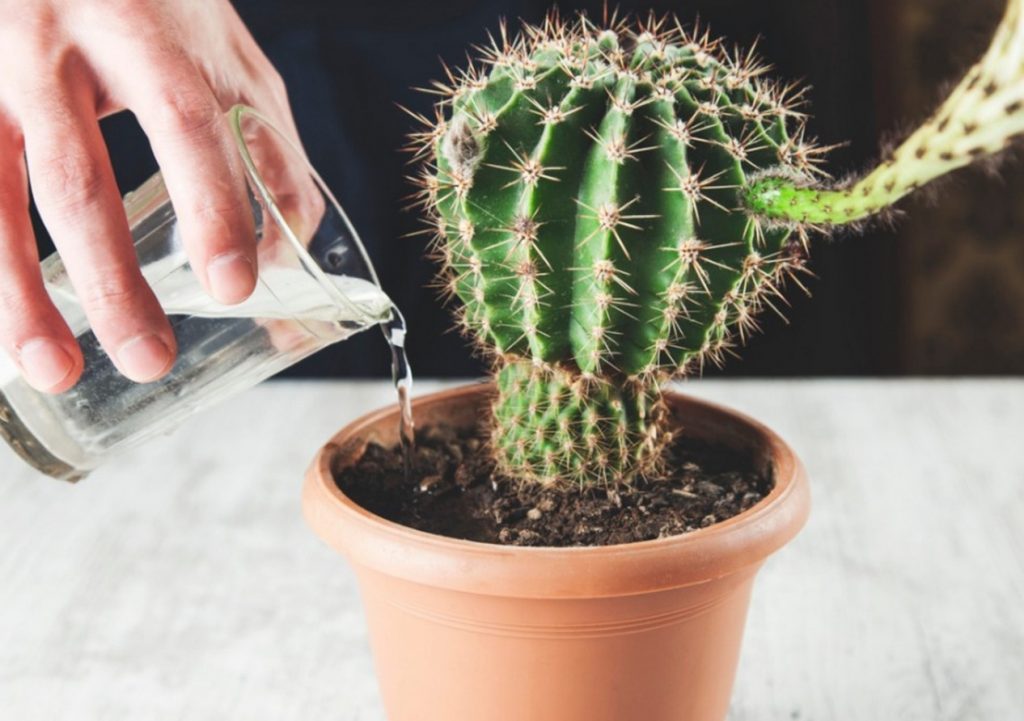
If you want to check whether your cactus or succulents are getting damaged, you must check colored or black spots. It is necessary to prevent these spots, and therefore, you have to take care of watering and feeding requirements. Prevent rotting by watering less than usual. There is no need for feedings that you give in summers.
When you observe that the plant is rotting, then it means that you are not providing plenty of nutrients. You have to feel essential nutrients as per their needs. It is okay to underwater instead of overwater because it can damage your plants severely. You must check the lower watering point by using a wooden stick. In case of less water, the soil will stick, or it will get wet only.
4. Choose Correct Species
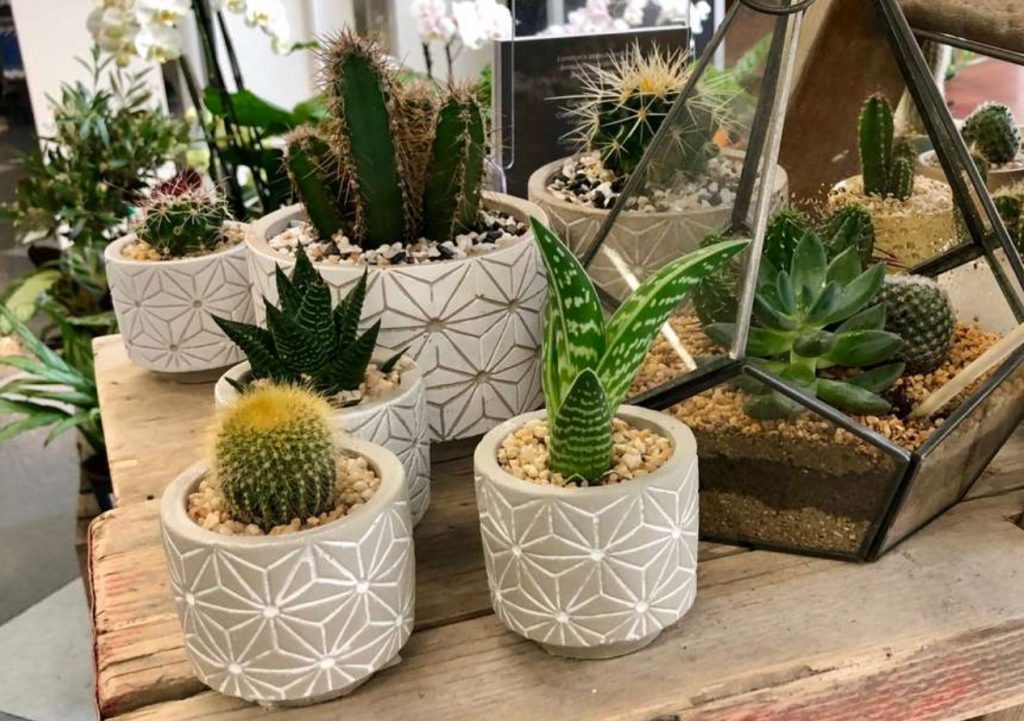
As you know the temperature level in your location, you should choose cactus and succulents carefully. There are plenty of species available in the market that can survive in summers, winters, or both. Make sure that you check whether it works in your environment. If you invest your money in any random species, it will be a waste of your money.
Therefore, you must research and decide wisely. Sometimes, some plants can survive if you take care of their needs. These low-maintenance plants are wise options to buy for your house. Choosing the correct species can be a complicated task but take some time to find the best one for your garden. Never regret your plant choice.
5. Managing Insects
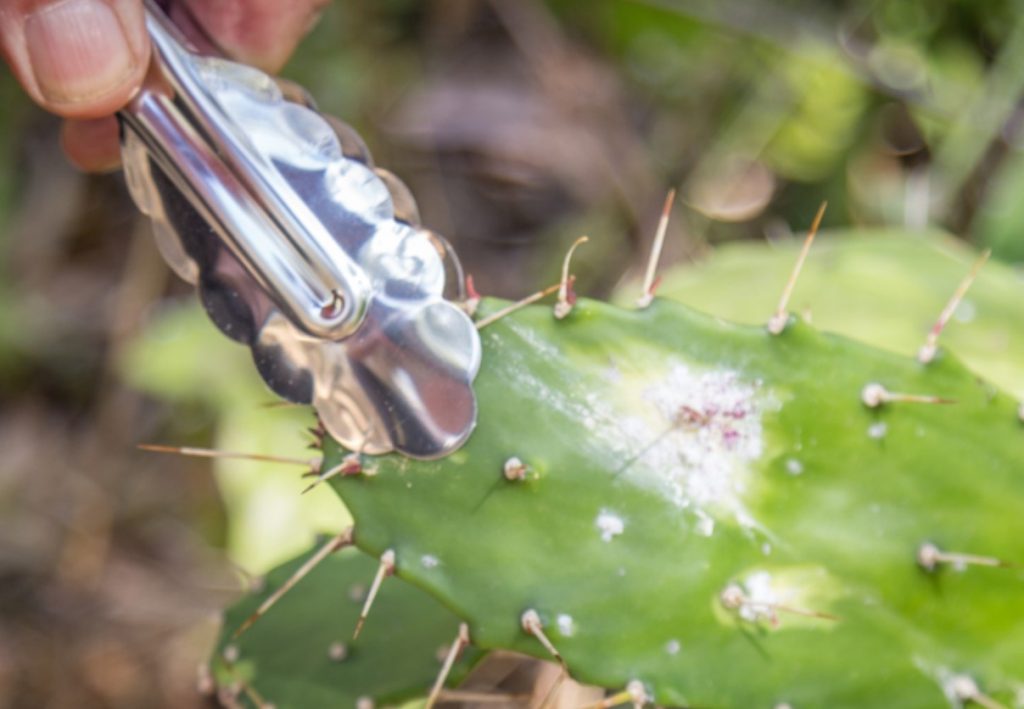
If you are keeping your cactus and succulents inside your home, you must know that it is a warm place. You might have installed heaters to keep you and your family warm. The warm areas can attract insects which can damage your plants. You have to protect your succulents from such insects.
It is relatively common that these plants can be trapped or infested by insects. You can try various home remedies to get rid of them or apply insecticide to take care of your cactus. Make sure that these insects do not suck the juice from the roots.
6. Take Care of Drainage
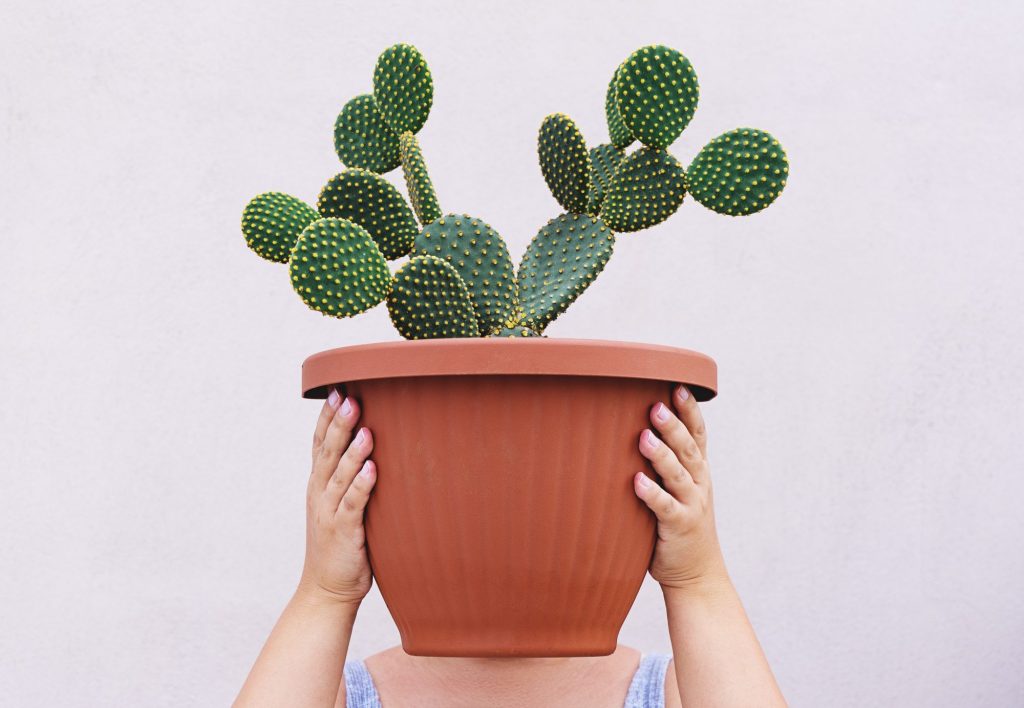
The roots of succulents need to be soaked whenever you water them. Therefore, it is necessary to buy pots with proper drainage. Avoid the glass planters that are available with solid bottoms.
But in winters, the soil becomes soggy without drainage, and hence, the roots can damage and attract pests. The pots must have drainage holes, but the soil must not go out of them. You can prevent the leakage of soil by using a cheesecloth or mesh tape.
7. Shedding of Leaves
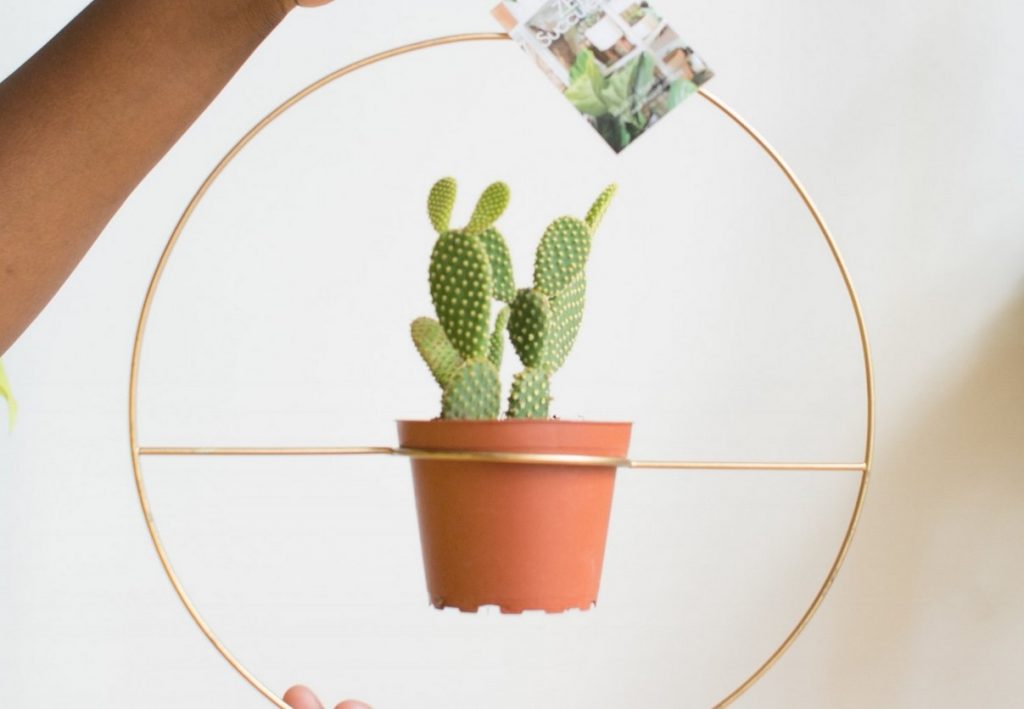
In winters, the shedding of leaves is quite common, and therefore, you should not worry if it happens with your plant. In many succulents, the color of leaves changes to yellow, and hence, it can shed.
There is no need to be over-conscious about your plants. Accept the fact that it happens. The leaves will grow back in summers, and hence, you need to wait till then.
Final Thoughts
It is relatively easy to keep your cactus and succulents alive in winters by following all the mentioned steps. Undoubtedly, you have to keep patience to take care of them and get effective results.
Many plants are sensitive to cold temperatures, but you can make them survive with care. You can keep your succulents and cactus beautiful and alive with some simple mentioned steps.

